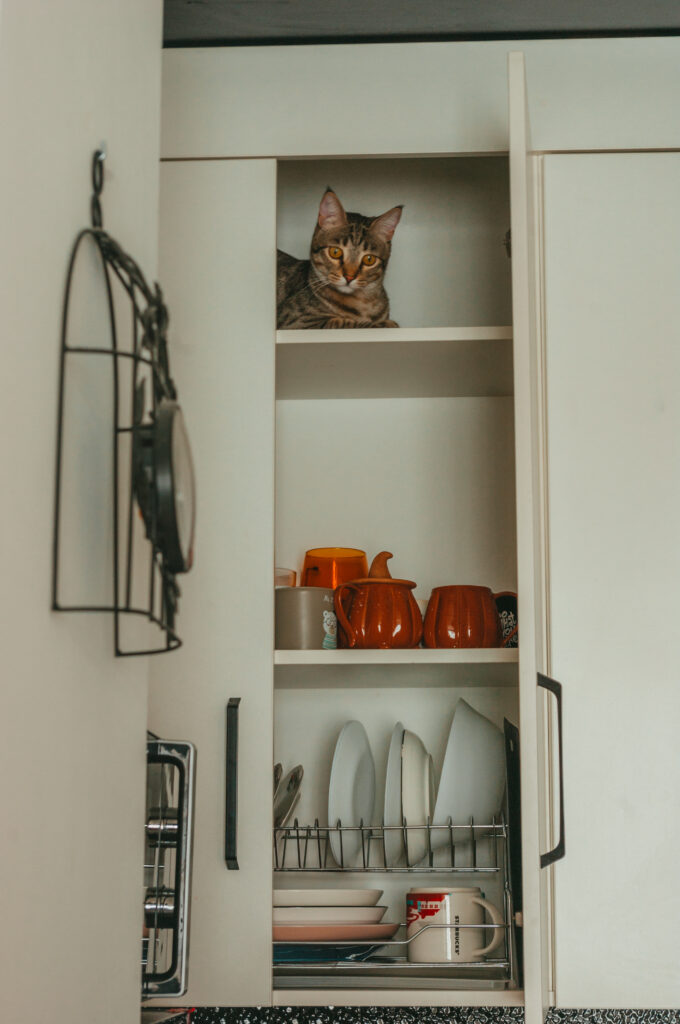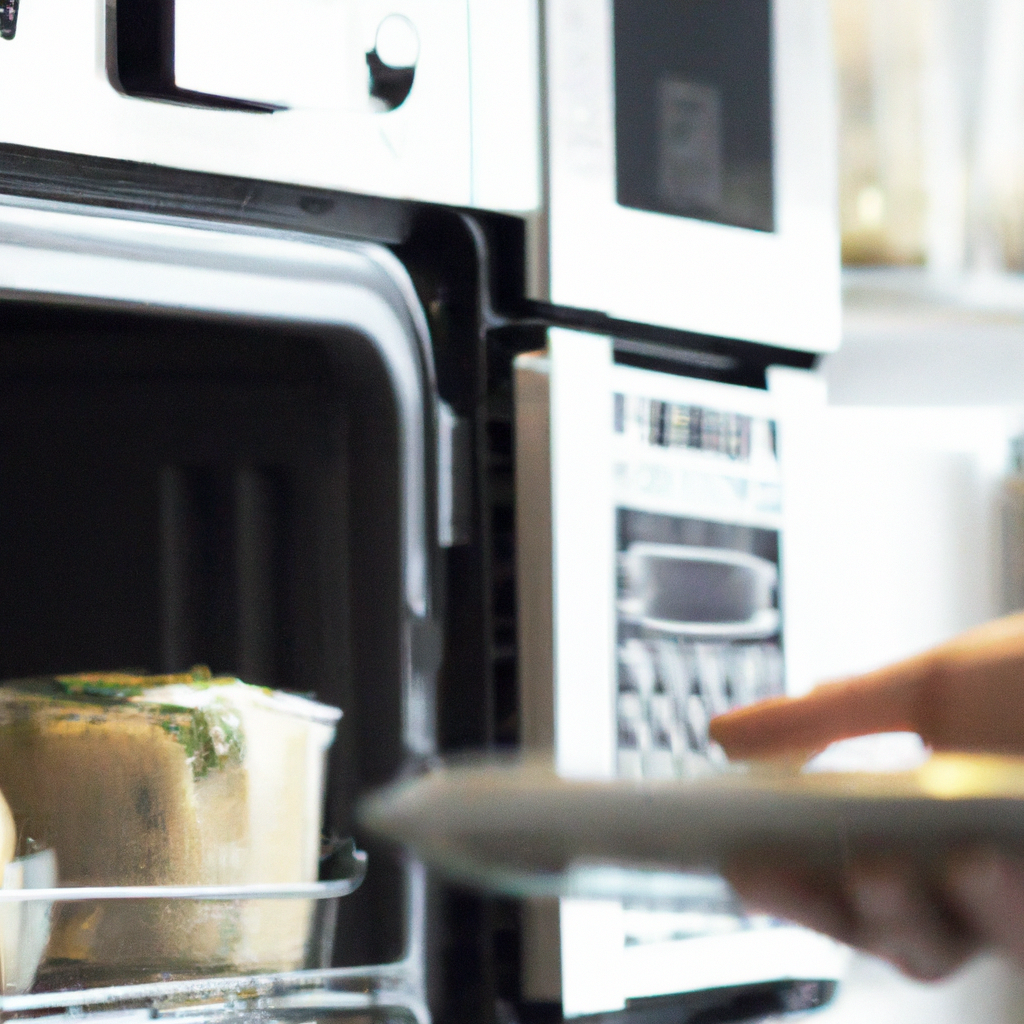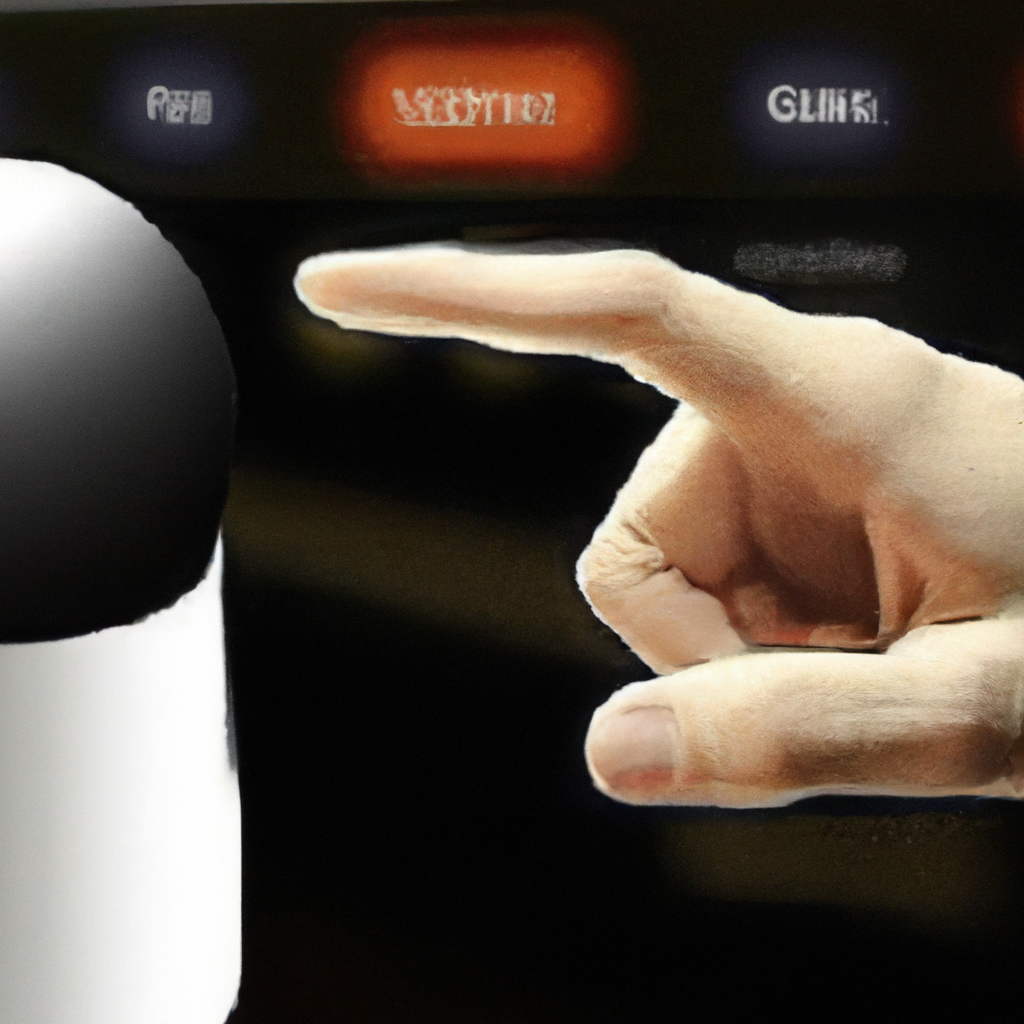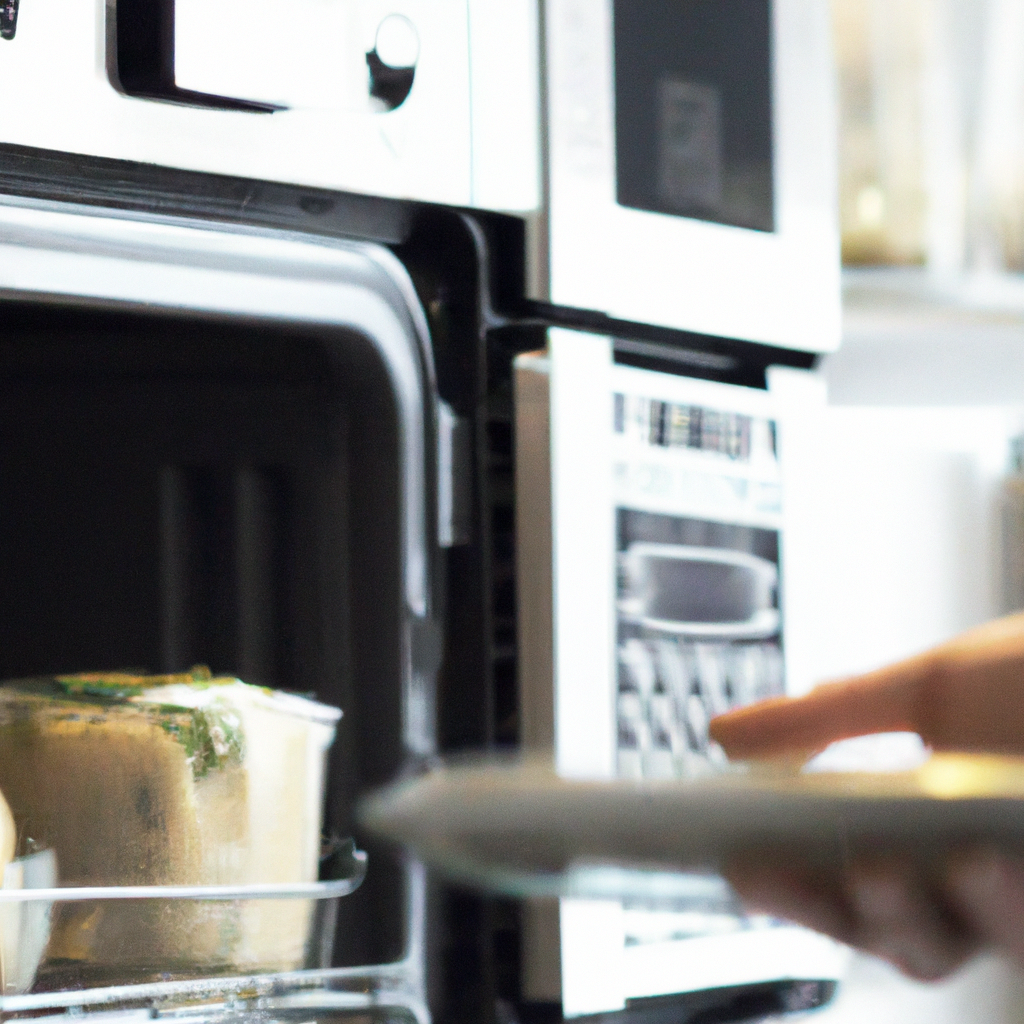Imagine a world where you can effortlessly control all your kitchen appliances with just the power of your voice. No more fumbling through buttons or searching for remote controls. With the rise of smart technology, the possibility of managing our kitchen devices through voice commands is becoming a reality. From adjusting oven settings to turning on coffee makers, the convenience and ease of voice-controlled smart kitchen devices are revolutionizing the way we interact with our kitchen appliances. So, the question remains: Can I control my smart kitchen devices with voice commands? Let’s explore the exciting potential and practicality of this emerging trend.
Can I Control My Smart Kitchen Devices With Voice Commands?
How Voice Control Works in Smart Kitchen Devices
Yes, you can certainly control your smart kitchen devices with voice commands. Voice control technology has advanced significantly in recent years, and it’s now possible to control a wide range of smart kitchen devices just by using your voice.
Voice control in smart kitchen devices works by integrating a voice assistant, such as Amazon Alexa, Google Assistant, or Apple Siri, with the device. These voice assistants use natural language processing (NLP) to understand and interpret your voice commands. When you give a voice command, the device’s microphones pick up your voice, and the voice assistant processes the command to perform the desired action.
Compatibility of Voice Control with Smart Kitchen Devices
While most modern smart kitchen devices are designed to be compatible with voice control, it’s important to check the specifications of the devices you own or plan to purchase. Not all smart kitchen devices are voice-enabled, so be sure to look for voice control compatibility when making your selection.
If you already have a voice assistant device (like an Amazon Echo or Google Home), you need to ensure that your smart kitchen devices are compatible with the voice assistant platform you use. This compatibility allows the devices to seamlessly communicate with each other and enables voice control functionality.

Setting Up Voice Control for Smart Kitchen Devices
Setting up voice control for your smart kitchen devices is a straightforward process. Here are the general steps to follow:
- Connect your smart kitchen devices to your home’s Wi-Fi network using their respective mobile apps or manufacturer-provided instructions.
- Install and set up a compatible voice assistant device, such as an Amazon Echo or Google Home, if you don’t already have one.
- Open the voice assistant app on your smartphone or tablet and go to the settings or device setup section.
- Look for options to add or link your smart kitchen devices to the voice assistant app. Follow the on-screen instructions to complete the setup process.
- Once the devices are linked, you can start controlling your smart kitchen devices using voice commands.
Issues to Consider When Using Voice Control for Smart Kitchen Devices
While voice control for smart kitchen devices offers convenience and ease of use, there are a few issues to consider:
- Reliability: Voice commands may not always be recognized correctly by the voice assistant, especially if there is background noise or the command is spoken unclearly. It’s important to speak clearly and check that the voice assistant accurately understands your commands.
- Privacy Concerns: Using voice control means that your voice commands are being processed and stored on the servers of the voice assistant platform provider. This may raise privacy concerns for some users. Be sure to review the privacy policies and settings of the voice assistant platform to understand how your data is being handled and secured.
- Compatibility Limitations: Not all smart kitchen devices may be compatible with voice control. It’s important to research and ensure that the devices you own or plan to purchase have voice control functionality.
- Internet Connectivity: Voice control relies on a stable internet connection for the devices to communicate with each other. If your internet goes down or there are connectivity issues, voice control may not work.

Benefits of Using Voice Control for Smart Kitchen Devices
Despite the potential issues, using voice control for your smart kitchen devices offers several benefits:
- Convenience: Voice control allows you to control your smart kitchen devices hands-free. Whether you’re busy cooking a meal or have your hands full, you can simply issue a voice command to get the desired result.
- Time-Saving: Voice control eliminates the need to manually operate the controls on your smart kitchen devices. It allows you to quickly and effortlessly perform tasks such as setting timers, adjusting temperatures, or turning appliances on or off.
- Accessibility: Voice control is particularly beneficial for individuals with disabilities or mobility issues. It provides them with a more accessible way to interact with their smart kitchen devices and perform various tasks.
- Integration: Voice control platforms often offer integration with other smart home devices, allowing you to create seamless automation and control routines. For example, you can set up a voice command to turn on the kitchen lights, preheat the oven, and start playing your favorite cooking playlist simultaneously.
Popular Voice Control Platforms for Smart Kitchen Devices
Several voice control platforms are popularly used for smart kitchen devices. Here are the main ones:
- Amazon Alexa: Alexa is the voice assistant developed by Amazon, and it is integrated with a wide range of smart kitchen devices. It offers a robust ecosystem of skills and allows you to control your devices with voice commands effortlessly.
- Google Assistant: Google Assistant is another popular voice control platform that works well with smart kitchen devices. It offers compatibility with a variety of devices and provides seamless integration with Google’s ecosystem of services and apps.
- Apple Siri: Siri is Apple’s voice assistant, and it can be used to control compatible smart kitchen devices through Apple’s HomeKit platform. Siri provides a convenient way for Apple users to control their devices using their voice.

Smart Kitchen Devices That Support Voice Control
Numerous smart kitchen devices are compatible with voice control. Here are some examples:
- Smart Thermostats: Voice control allows you to adjust the temperature settings on your Wi-Fi-enabled smart thermostat without needing to physically interact with it.
- Smart Ovens: Voice commands can be used to preheat the oven to a specific temperature or set a timer for your cooking without needing to touch the display.
- Smart Coffee Makers: You can easily start brewing coffee or set a schedule for your morning cup of joe using voice commands with compatible smart coffee makers.
- Smart Refrigerators: Some smart refrigerators allow you to check the contents, adjust temperatures, or create shopping lists by simply speaking to your voice assistant.
- Smart Dishwashers: Voice control enables you to start or pause your dishwasher, check the remaining time, or receive notifications when the cycle is complete.
Voice Commands for Controlling Smart Kitchen Devices
Controlling your smart kitchen devices with voice commands is intuitive and easy. Here are some common voice commands you can use:
- “Hey Alexa, preheat the oven to 350 degrees.”
- “Ok Google, set a timer for 10 minutes.”
- “Hey Siri, start brewing my coffee.”
- “Alexa, turn off the kitchen lights.”
- “Google, add milk to my shopping list.”
- “Siri, is there any milk left in the refrigerator?”
Remember to check the user manual or the manufacturer’s website for specific voice commands supported by your smart kitchen devices.

Tips for Maximizing the Efficiency of Voice Control in Smart Kitchen Devices
Here are some tips to make the most out of voice control in your smart kitchen devices:
- Speak Clearly: Ensure that you speak clearly and enunciate your words properly to improve the accuracy of voice recognition.
- Eliminate Background Noise: Minimize background noise in your kitchen area to help the voice assistant correctly interpret your voice commands.
- Keep Voice Assistant Devices Close: Place your voice assistant device, such as an Amazon Echo or Google Home, in a convenient location close to your kitchen so that it can easily hear your commands.
- Learn Device-Specific Commands: Familiarize yourself with the specific voice commands supported by each of your smart kitchen devices to maximize their functionality.
- Discover New Skills and Integrations: Explore the skills and integrations available for your voice assistant device to extend the capabilities of your smart kitchen devices and create customized routines.
- Regularly Update Firmware and Apps: Keep your smart kitchen devices, voice assistant device, and their respective apps updated to ensure you have the latest features, bug fixes, and security patches.
Future Developments in Voice Control for Smart Kitchen Devices
Voice control technology continues to evolve, and we can expect exciting developments in the near future. Some potential advancements include:
- Improved Voice Recognition: Manufacturers are constantly working to improve the accuracy and reliability of voice recognition technology, reducing errors and misinterpretations.
- Context-Aware Commands: Future voice control systems may become more context-aware, understanding more complex commands and responding intelligently based on the specific situation in the kitchen.
- Enhanced Integration: As more smart kitchen devices enter the market, we can anticipate enhanced integration capabilities, allowing for even more seamless automation and control between different devices.
- Personalized Voice Profiles: Voice assistants may develop the ability to recognize individual voices and personalize the user experience accordingly. This could include customizing settings, preferences, and personalized recommendations based on different family members’ voice commands.
- Gesture and Voice Combination: The combination of voice control with gestures or other forms of input may offer new ways to interact with smart kitchen devices. For example, users could perform simple hand gestures alongside voice commands to control specific functions.
As technology advances and more companies enter the smart home market, voice control in smart kitchen devices is likely to become even more widespread and sophisticated, making our kitchen experience more seamless and intuitive than ever before.











